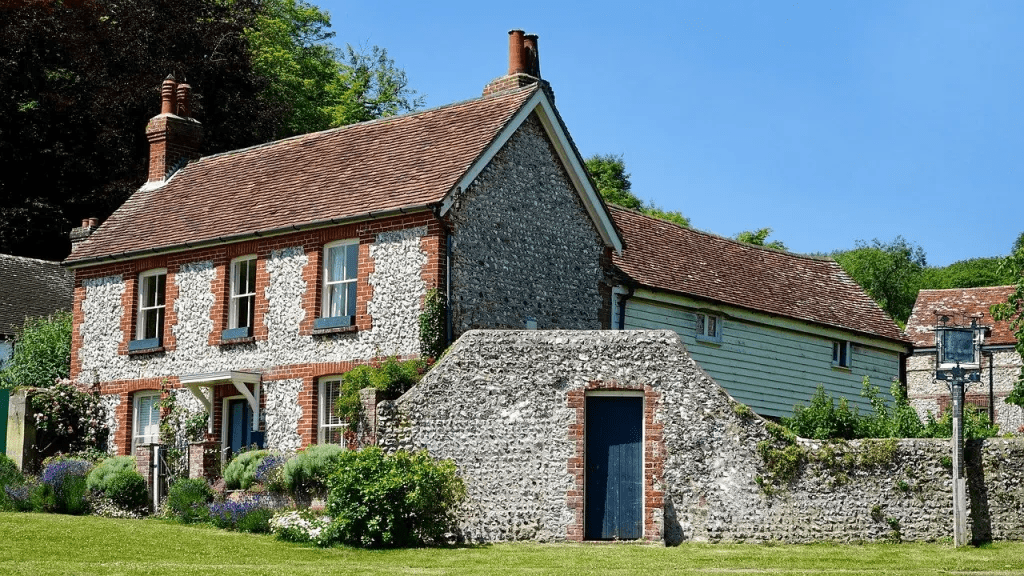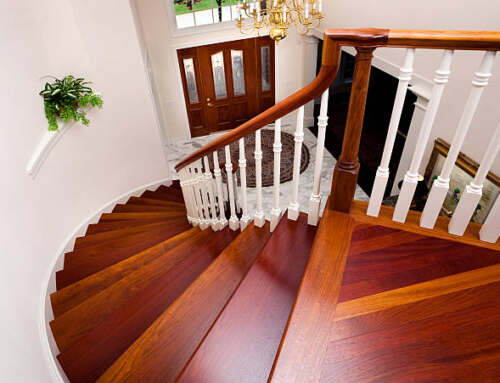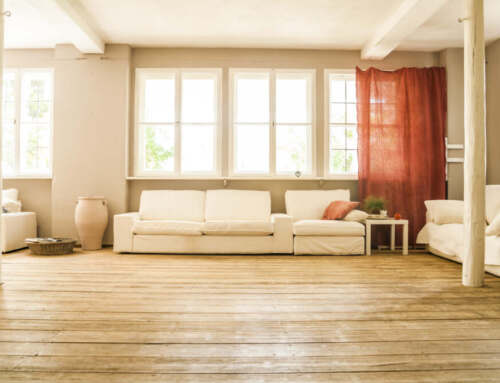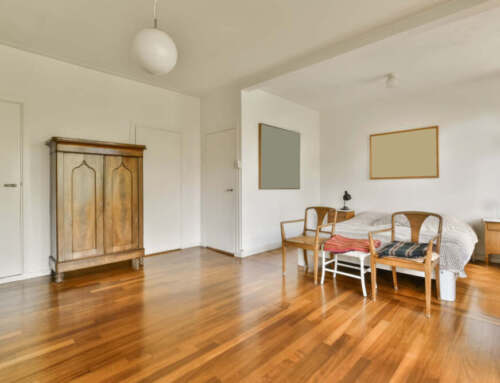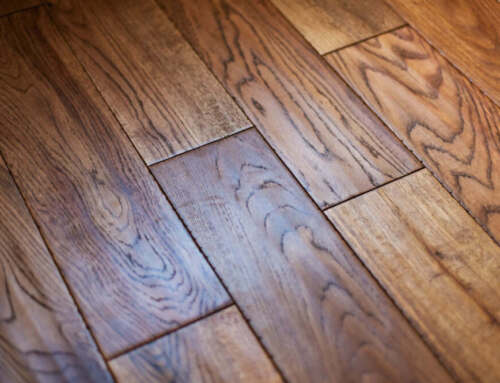So you have historic wood flooring in your historic home, and you want to restore them. If completed properly, the value and look of your home could increase exponentially. However, there are a few historic wood flooring mistakes that should be avoided at all costs.
Restoring your wooden floors can bring back the charm to your older home; however, wooden floor restoration jobs should be left to the professionals. Sure, it may look simple in the video tutorials, but there are pitfalls that these videos tend to leave out.
A do-it-yourself (DIY) approach could lead to costly fixes and/or irreparable damage. Still think we’re making it up? Here are a few reasons you should let a professional help you with your historic wood flooring restoration instead of trying it on your own.
Using The Wrong Equipment
Using the wrong equipment is a common problem for a novice trying to restore historic wood flooring. Wood floor restoration should start with sanding it. Sanding strips away the old finish and removes scuffs, nicks, and scratches. The problem occurs when you attempt the job with a sander that’s been sitting around in your garage. If it’s not designed for wooden flooring, you may leave your historic wood flooring with a splotchy finish or worse, damage the wood permanently. Professional wood floor restoration needs a drum sander, which a wood flooring expert will have.
On the same note, a drum sander can’t reach the areas next to baseboards. A professional will have what is known as an edger; it is a piece of equipment that is designed to fit in tight spaces. For the inexperienced, edging can be tedious and frustrating work, particularly if you’ve already spent multiple hours pushing a drum sander around. Due to the fatiguing nature of the work, many homeowners rush through areas during wood flooring restoration. What the homeowner is left with is a distinct splotchy appearance at the edges of the room. Why take the risk of using the wrong tools when a professional knows what is needed?
Misapplying Stain And Finish
Most homeowners don’t have access to the professional products used for stains and finishes. At best, homeowners can buy the basic wood staining options offered at home improvement stores. Wood Flooring professionals have access to better quality products that are more durable, dry quicker, and look better overall.
As stated before, how it is applied is crucial. A typical problem that occurs with DIY floor restoration is a finish that peels off. When the stain isn’t fully removed from wood flooring prior to applying the finish, it will inhibit the finish from bonding to the wood.
If too many layers of finish are applied, or the finish is not allowed to dry sufficiently before adding another layer; it will result in scarring. After only a little while, your floors will look flat, dirty, and nicked from regular wear, creating imperfections on the floor’s surface.
Don’t Do It Yourself, Let Troendle Hardwoods Restore Your Historic Wood Floors For You.
As you can see, trying to restore historic wood flooring on your own can be risky. Rather than risk it, let the professionals at Troendle Hardwoods restore your historic wood flooring the right way. We have the knowledge and experience to guarantee your wood floors are restored the right way, the first time, so that the floor’s luster will last for years to come.
Call now or fill out our online contact form to schedule a consultation with us. A member of our friendly and courteous staff will be in touch to discuss your flooring needs!
